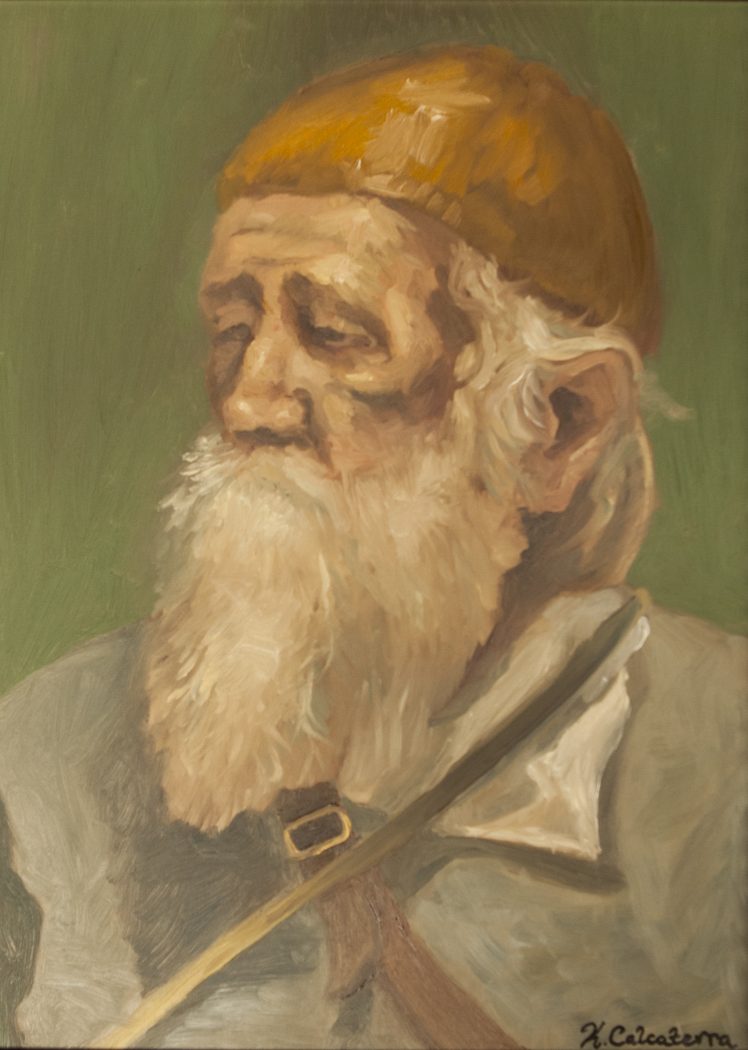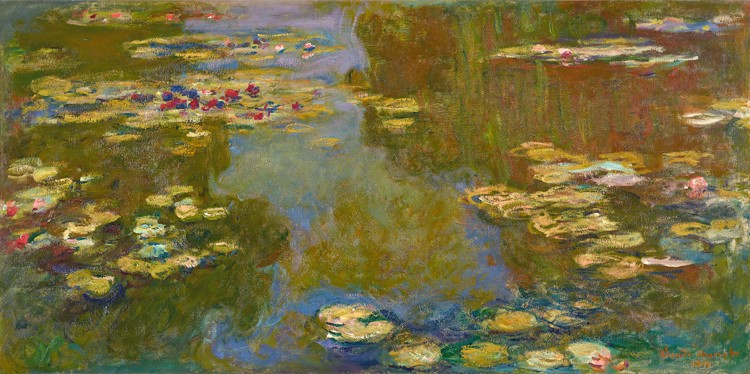In this series, Education Specialist for Public Programs Emily Bray highlights participants in the 2016 James McLaughlin Memorial Staff Show, on view through September 19, 2016.

Kristen Calcaterra, “Portrait of Steven”
Kristen Calcaterra

Kristen Calcaterra, Photo: Rhiannon Newman
After receiving her BFA from RISD in 2011, Kristen Calcaterra moved back to Northern Virginia where she currently resides. She is very influenced by local historic homes. Her personal body of work centers on the presence of violence, disease, and unfortunate living conditions in an otherwise beautifully and meticulously crafted home. In addition to working at The Phillips Collection, Calcaterra teachesg Portfolio Preparation to high school students anticipating a career in the pursuit of fine art.
What do you do at The Phillips Collection? Are there any unique/interesting parts about your job that most people might not know about?
I am an Admissions Supervisor at The Phillips Collection. I really like to think that I help to represent the collection to the public. I’m the first person that most visitors see when they walk in, and it’s important to me that their first impression of our museum is a pleasant one. I think it sets the mood for their entire experience.
Who are your favorite artists in the collection?
I absolutely love Pierre Bonnard. His sense of color is phenomenal and I just love the way that so much of his work with color reminds me of Claude Monet‘s work in the 1890s. I feel that Bonnard is sometimes overlooked, but with our wonderful collection it’s truly hard to miss him!
What is your favorite gallery or space within The Phillips Collection?
The Music Room is just stunning. A lot of my personal work has to do with architecture of older buildings, so really I love all of the spaces in the original house. They’re so intimate; it’s like being welcomed into someone’s home with all this gorgeous artwork everywhere.
What would you like people to know about your artwork on view in the 2016 Staff Show (or your work in general)?
I’ve just gotten back into working with the figure. Since graduating from the Rhode Island School of Design in 2011 with a BFA in Painting, all of my work has been non-figurative. I typically work with the concept of the ornamented interior and the deconstruction of it’s, let’s say, perfection. I’m excited to soon reincorporate the figure into my personal body of work. This piece really helped me regain my footing when it comes to representing people, and I hope it will strengthen my upcoming works.
Find more work by Calcaterra on her website.
The 2016 James McLaughlin Memorial Staff Show will be on view August 16 through September 19, 2016. The show features artwork from the Phillips Collection staff.

